
Here’s what you’ll learn when you read this story.
All signs point to the V8-powered Ram TRX making a return in 2026.
The truck will likely add to the existing lineup instead of replacing the RHO.
It’s unclear what kind of horsepower the TRX 2.0 will be making, but we’d be surprised if it’s less than the retired TRX’s 702 hp figure.
Stellantis CEO Antonio Filosa let details slip about the return of Ram’s V8-powered TRX Supertruck during an earnings call last month. Our friends at Car & Driver reported Filosa revealing “the V8 engine on versions such as the Ram 1500 will deliver to us additional volumes.” The keen among you will have been expecting this following Ram’s CEO, Tim Kuniskis’s announcement earlier this year that the Hemi would be available in select trucks before the end of the year.
If we’ve learned anything from the automotive industry, it’s that there’s often a considerable difference between what customers want and what engineers design. Ram is no exception after unveiling its all-new twin-turbocharged inline-six-cylinder engine that replaced the existing Hemi V8 in all of its pickup trucks. On paper, it blew the V8 out of the water with more power and torque. But nearly everyone hated it—and very few bought the new trucks.
With a Ram TRX 2.0 arriving as soon as next year, we thought it might be a good time to compare the original Hellcat-powered TRX to its six-cylinder compatriot, the RHO. Conveniently, we’ve driven both trucks to their limits—and past them sometimes—at Rausch Creek Off-Road Park.
Power to Weight
A quick look at the RHO’s press release shows that putting the all-new Hurricane twin-turbo inline-six engine under the hood was all about maximizing “horsepower per dollar.” And they were right. The RHO’s main competitor, Ford’s F-150 Raptor, produced 450 horsepower, starting at $78,540 MSRP; compare that to the RHO cranking out 540 horsepower at $69,995 MSRP, and you get the idea.
Maximizing performance per dollar is all well and good, but Ram’s decision to go with an inline-six went much further than just the economics. Despite sacrificing 162 horsepower and 129 pound-feet of torque over the outgoing V8, the Hurricane powertrain is 150 pounds lighter. That allowed the big foreheads in the engineering department to move the engine further back, improving weight balance at the front axle, saving an estimated 180 pounds. Looking at the curb weights of both vehicles, the RHO weighs in at 6,283 lbs—160 lbs lighter than the TRX.
I can say with absolute confidence from my highly calibrated rear end that there’s nothing between the two trucks in straight-line performance. And thankfully, our friends at MotorTrend have confirmed this in their testing, with the TRX sprinting to 60 mph in 4.5 seconds and the RHO reaching the same speed in 4.6. But let’s be honest, nobody is buying these trucks to race at the drag strip. These machines are all about the experience.
Sound
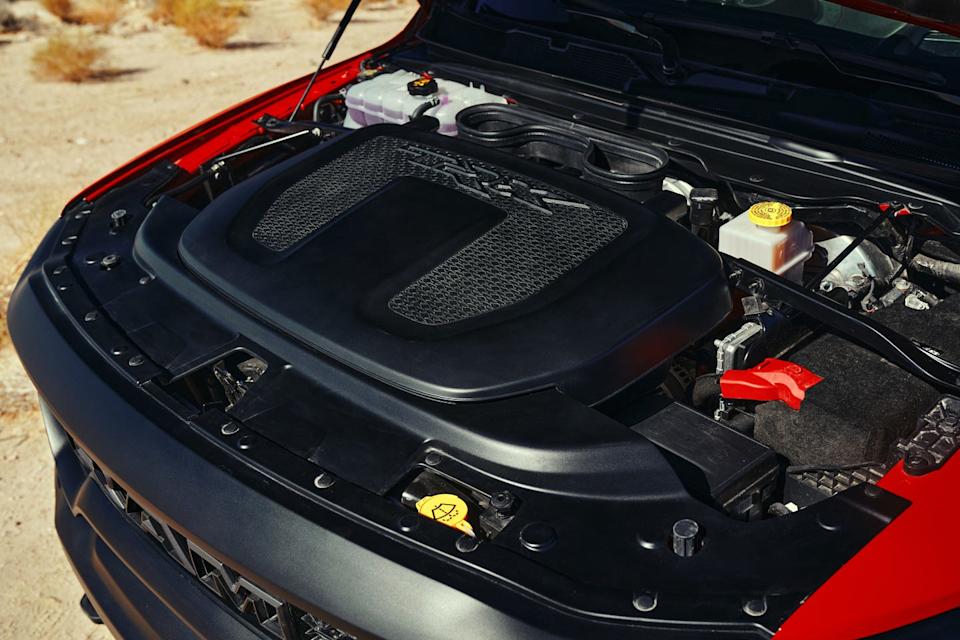
At our core, car enthusiasts love the sensations of driving. Many might see it as a chore, but to us, it’s often a sensory-rich experience; you’re balancing the use of your hands and feet to operate the pedals and the steering wheel, feeling what the car is doing through the seat of your pants, and listening to the engine as you roll onto the gas pedal. Consider it the petrolhead’s version of song and dance.
Sound is integral in crafting the driving experience, and the TRX is a perfect example. Right from the time it was delivered at our office, it was one of the most imposing trucks we’ve had on test. Our particular example was the biggest, the loudest, the tallest, and (in our case) the reddest pickup trucks I’ve ever driven. Rather amusingly, the keyfob allows you to remotely start the TRX as you walk up to it, and the noise it made was just addicting from the start.
For context, the engine was loud enough at idle to drown out everything else in the garage at our office. Volume is all well and good, but the noise that’s delivered into the cabin was surprisingly complex for such a simple formula. At idle it bellows just like any other V8, but when you stand on the gas pedal, the supercharger comes to life with its high-pitched whine, adding to the shock and awe that’s already coming from the tailpipe.
If I were to personify the sounds of the two cars, the TRX feels like you’re inside a miter saw at a lumber yard. The RHO is still at the same lumberyard, just next to the saw. That’s not to discount that the Hurricane inline six isn’t an incredible engine—because it is. We’re merely suggesting that the TRX’s soundtrack is so spectacular that maybe even Ram themselves can’t replicate it.
Airtime/ High-Speed

Let’s be honest, these Supertrucks from Ford and Ram are Frankenstein exercises of sorts, building an off-road monster that’s also road legal. Unfortunately, very few of them will ever see the dirt, but that didn’t stop us from finding out how well both of Ram’s Baja beasts fly through the air—among other things. Our friends at Rausch Creek have a brilliant high-speed course on their property with bowl turns, a set of whoops, and a tabletop jump to send you into the air.
The 150-pound weight savings at the front might not sound like a lot, but it was very apparent that the TRX landed just slightly nose-heavy. It’s just simple physics that a big V8 lump under the hood would have the truck behaving that way in the air. Compare that to the RHO, which landed much flatter with both front and rear wheels touching down almost simultaneously.
For context, we went snow-wheeling with the RHO, so we’d prefer to come back and do our flight testing again in more controlled conditions. We’re thinking that the snow that accumulated on the jump face could have played a role in the truck landing flatter. Everywhere else, I was blown away how well the truck hooked up in deep snow—especially with ice hiding underneath in some spots. Regardless of the conditions, it’s clear that getting either of these Baja beasts to slide around is an incredibly special experience.
At The End of The Day
It’s difficult to categorically say if the RHO is a “better” truck than the TRX. We often get carried away in this business with putting labels on vehicles, and that simply wouldn’t be fair for these two trucks. Instead, it appears that Ram is following Ford’s approach with the Raptor and Raptor R, offering an entry-level truck that’s preceded by an absolute beast. For context, the 2025 Raptor starts at $79,005 with the Raptor R a pretty significant jump up to $111,550 MSRP.
It’s unclear what kind of horsepower the new TRX will be packing under the hood, but we’d be surprised if it delivered less than the outgoing 702-horsepower truck. We’ve seen the same Hellcat motor easily make 1,000 horsepower, but we’d wager the TRX 2.0 will be closer to the high 700 mark.
If you’re lucky enough to be in the market for either truck, it appears you might have a difficult decision on your hands. As is always the case, comparing these two big rigs is much more complex than a case of “same truck, different engine.” We’ll likely learn more about the TRX 2.0 very soon, as many say production is set to begin in early 2026.
You Might Also Like
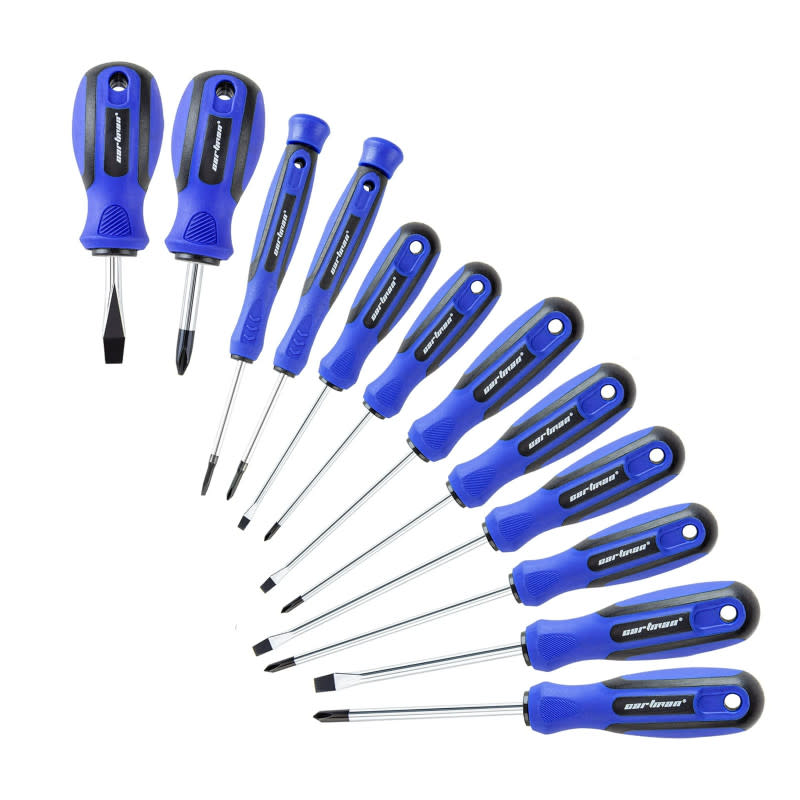
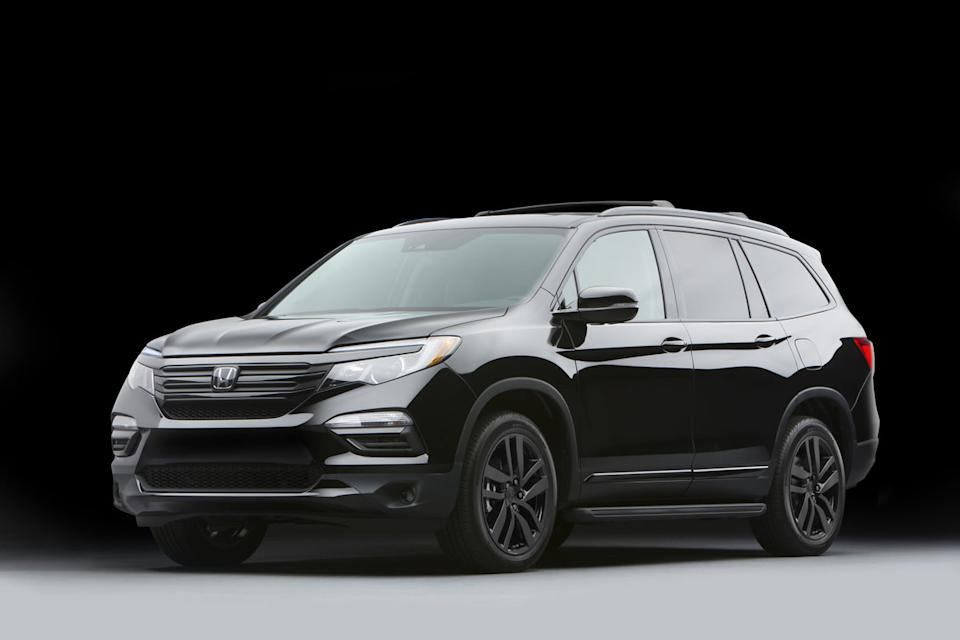
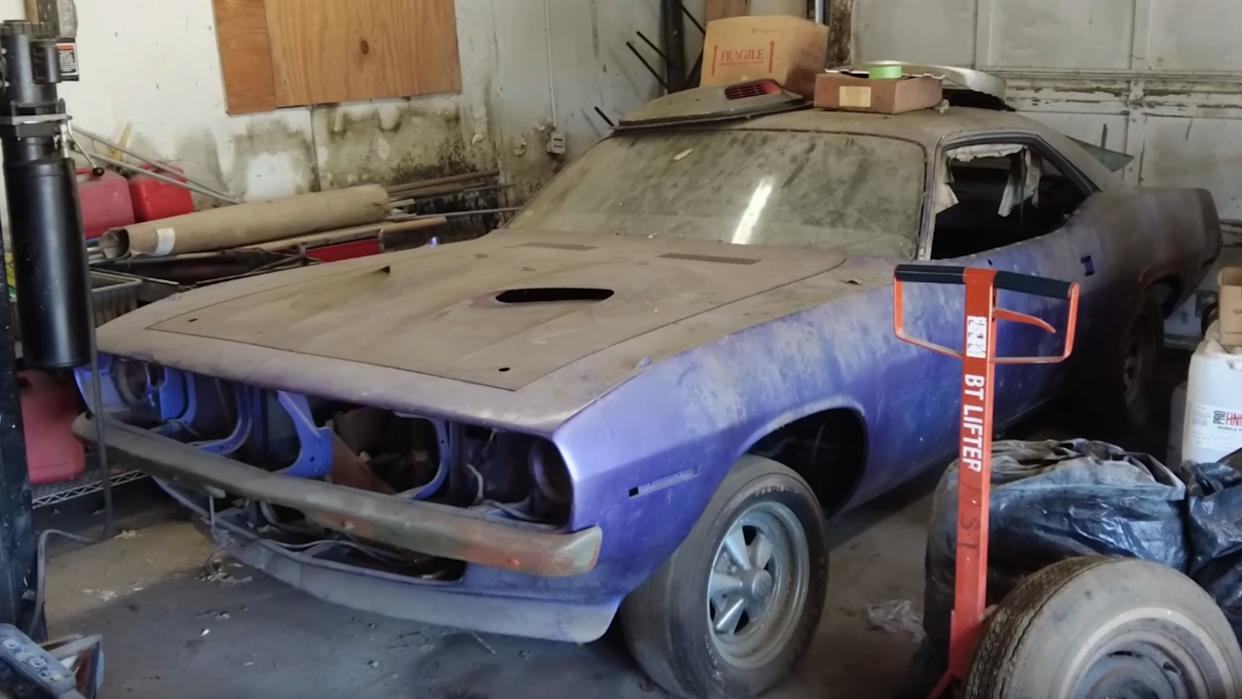

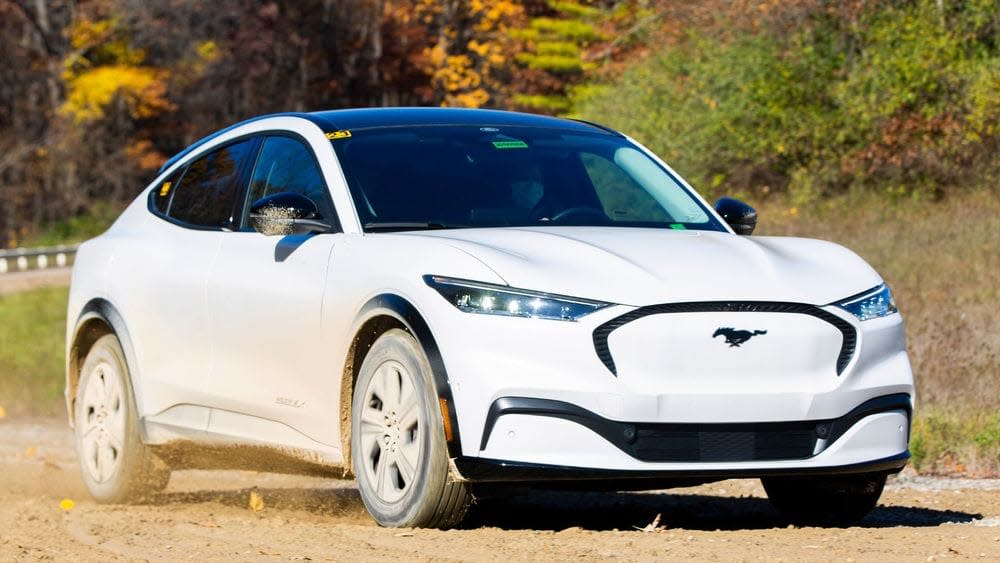

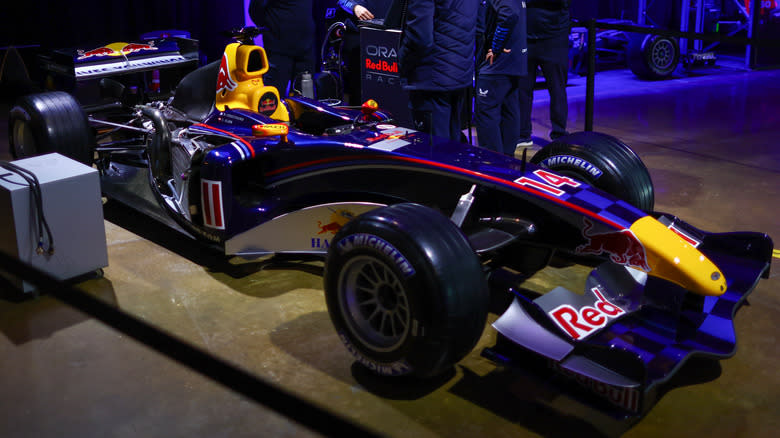

Comments